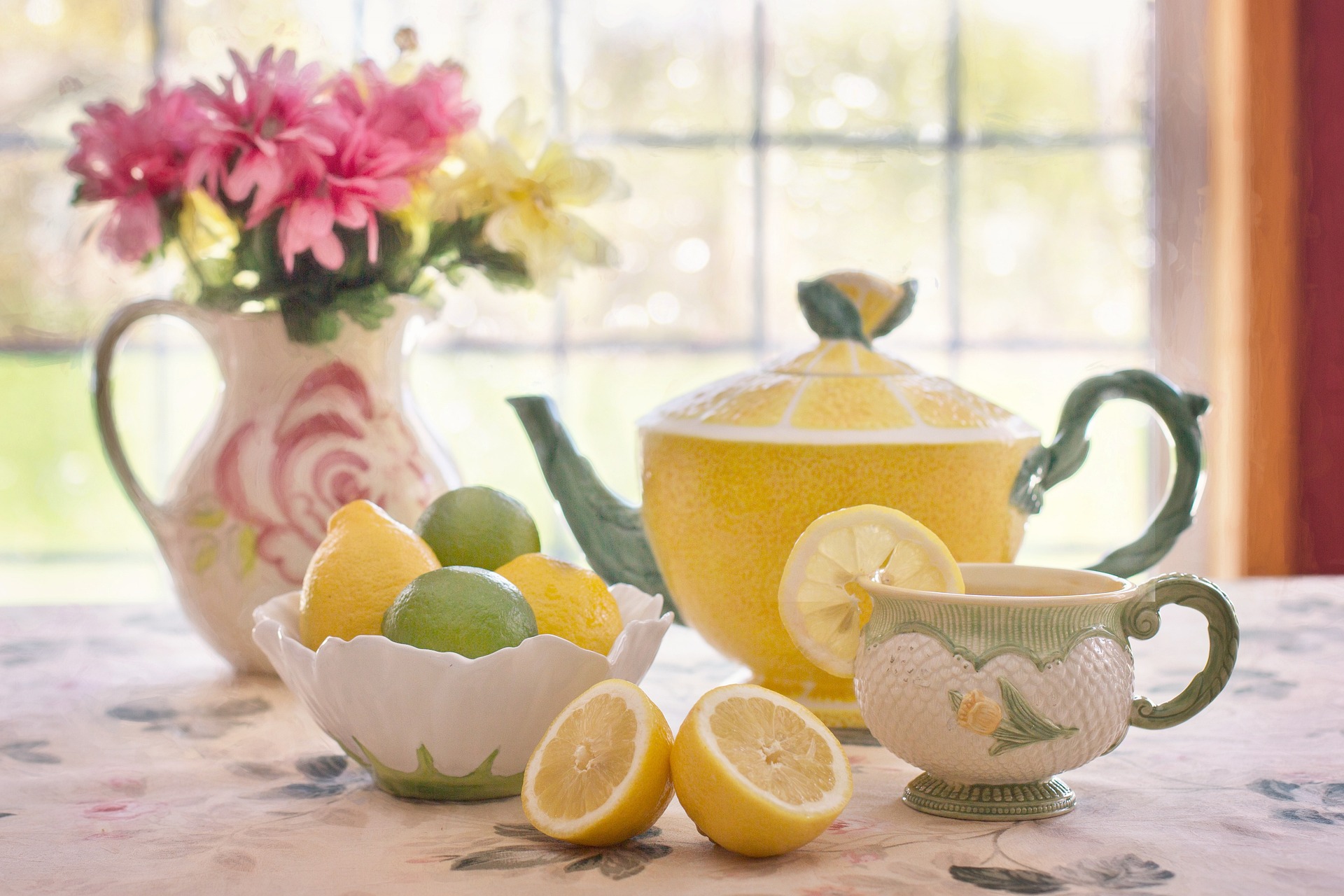Introduction
Tea tasting is an art that allows enthusiasts to appreciate the intricate flavors, aromas, and nuances of different teas. Whether you’re a seasoned connoisseur or a novice, learning how to taste tea can enhance your enjoyment and deepen your understanding of this beloved beverage. In this article, we will explore the essential steps of tea tasting, from preparation to evaluation.
1. Selecting Quality Tea
The first step in tea tasting is selecting high-quality loose-leaf tea. Look for reputable brands that source their tea from trusted producers. Consider trying a variety of tea types, including green, black, oolong, white, and herbal teas. Each type offers unique flavor profiles and characteristics.
2. Preparing Your Tasting Setup
Creating the right environment for tea tasting is essential. Gather the following items:
- Tea Samples: Choose a selection of teas to taste, ideally with different flavor profiles.
- Teapot or Infuser: Use a teapot or infuser to brew your tea, ensuring that it allows for proper steeping.
- Water: Use filtered water heated to the appropriate temperature for each tea type (e.g., 160-180°F for green tea, 200-212°F for black tea).
- Tasting Cups: Have small cups or tasting glasses ready for sampling.
3. Brewing the Tea
Follow these steps to brew your tea properly:
- Measure the Tea: Use approximately one teaspoon of loose-leaf tea per cup (8 oz) of water. Adjust based on personal preferences.
- Heat the Water: Bring the water to the appropriate temperature for the tea type you’re brewing.
- Steep the Tea: Pour the hot water over the tea leaves and steep for the recommended time (e.g., 2-3 minutes for green tea, 3-5 minutes for black tea). Over-steeping can lead to bitterness.
4. Evaluating the Tea
Once your tea is brewed, it’s time to taste! Follow these steps to evaluate the tea:
- Observe the Appearance: Examine the color of the tea liquor. Note whether it’s pale, vibrant, or dark, as this can give clues about its flavor profile.
- Inhale the Aroma: Take a moment to smell the tea. Swirl it gently in the cup to release its aromas, and note any floral, fruity, or earthy scents.
- Taste the Tea: Take a small sip and let it roll over your palate. Pay attention to the initial flavors, mouthfeel, and aftertaste. Consider the balance of sweetness, bitterness, and acidity.
- Take Notes: Keep a tasting journal to document your observations. Note the tea type, brewing parameters, flavors, and overall impressions. This practice will help you refine your palate over time.
5. Exploring Flavor Profiles
As you become more familiar with tea tasting, explore different flavor profiles and characteristics. Some common flavor notes include:
- Floral: Jasmine, rose, or chamomile notes found in certain green and white teas.
- Fruity: Citrus, berry, or tropical fruit flavors in herbal and flavored teas.
- Earthy: Rich, deep flavors found in pu-erh and certain black teas.
- Vegetal: Fresh, green notes in green teas and some oolongs.
Conclusion
Tea tasting is a rewarding experience that invites you to explore the diverse world of tea. By selecting quality teas, brewing them mindfully, and evaluating their flavors, you can deepen your appreciation for this ancient beverage. So gather your favorite teas, invite friends for a tasting session, and savor the delightful journey of flavors in every sip.



